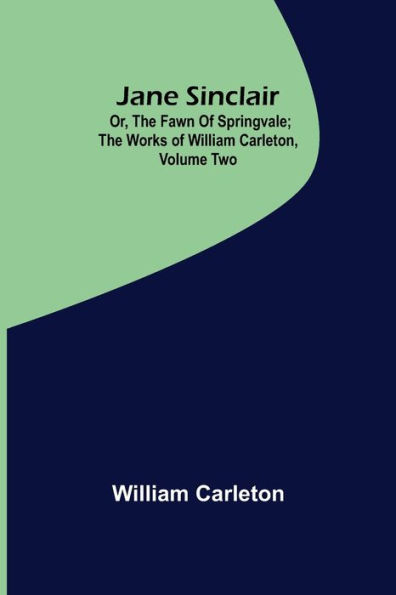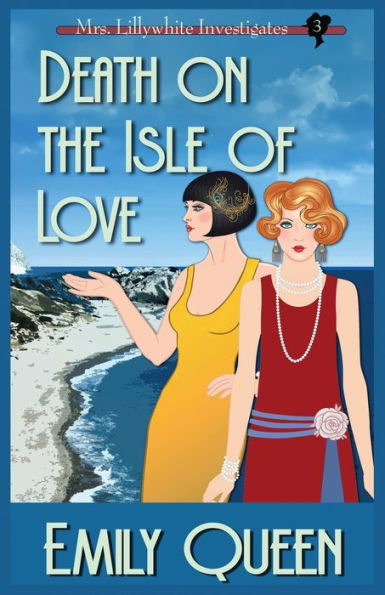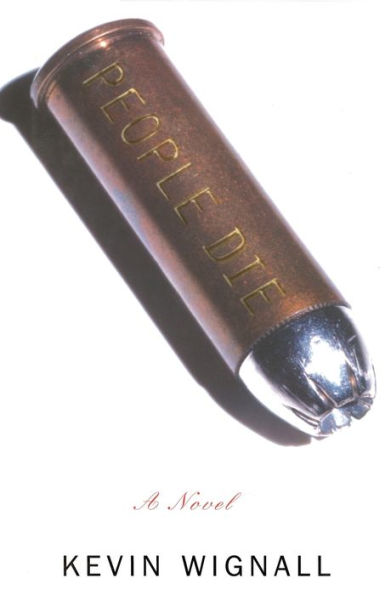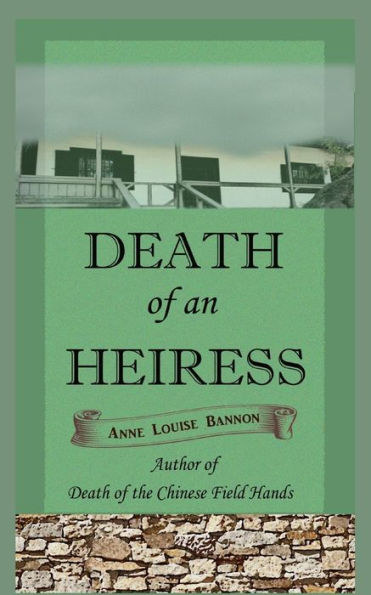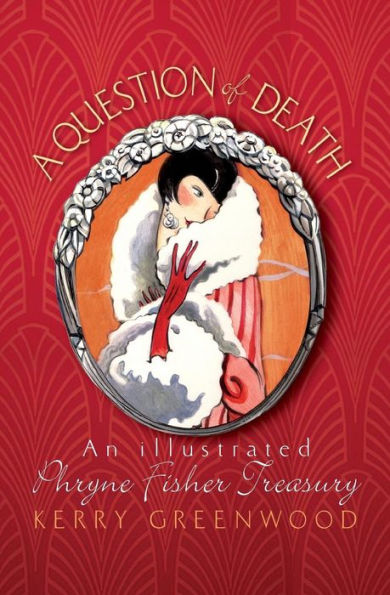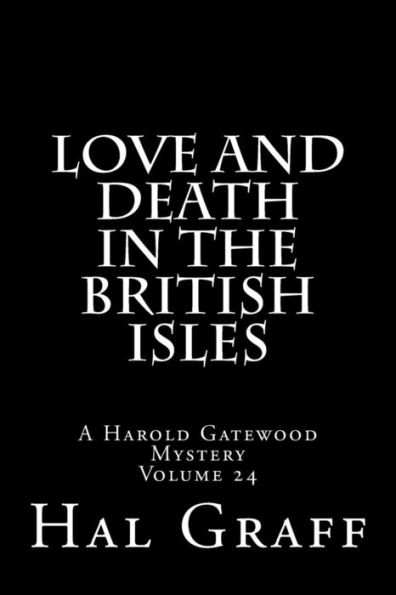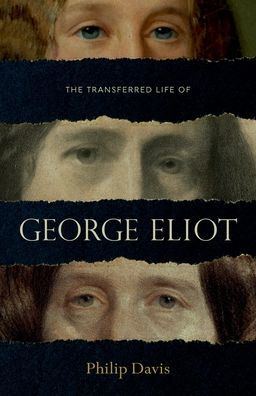Home
Life and Death of Harriett Frean (1922). By: May Sinclair: Novel
Barnes and Noble
Life and Death of Harriett Frean (1922). By: May Sinclair: Novel
Current price: $7.35
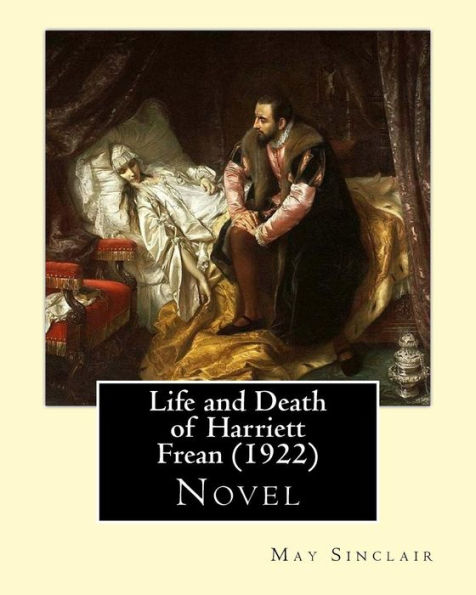

Barnes and Noble
Life and Death of Harriett Frean (1922). By: May Sinclair: Novel
Current price: $7.35
Size: OS
Loading Inventory...
*Product information may vary - to confirm product availability, pricing, shipping and return information please contact Barnes and Noble
The Life and Death of Harriett Frean is the story of Harriett Frean, a woman so afraid of life that she will eventually talk herself out of living it. The novel follows Harriet as she is raised to be the ideal Victorian woman. Harriett is proud of her self-sacrifice (which she believes is the highest love of all) but when she falls in love with her best friend's fiance she is forced to question everything she thought she knew. Having decided not to follow her heart Harriett spends the rest of her life trying to convince herself that she has done the right thing. Described as a "small, perfect gem of a book" by author Jonathan Coe.First published in 1922, The Life and Death of Harriett Frean is the only May Sinclair novel currently in print. It was republished by Penguin Books in 1986 and has been reprinted many times. It was also adapted into a BBC television show in 1986. May Sinclair was the pseudonym of Mary Amelia St. Clair (24 August 1863 - 14 November 1946), a popular British writer who wrote about two dozen novels, short stories and poetry.[1] She was an active suffragist, and member of the Woman Writers' Suffrage League. May Sinclair was also a significant critic in the area of modernist poetry and prose, and she is attributed with first using the term stream of consciousness in a literary context, when reviewing the first volumes of Dorothy Richardson's novel sequence Pilgrimage (1915-67), in The Egoist, April 1918.She was born in Rock Ferry, Cheshire. Her father was a Liverpool shipowner, who went bankrupt, became an alcoholic, and died before she was an adult. Her mother was strict and religious; the family moved to Ilford on the edge of London. After one year of education at Cheltenham Ladies College, she acted as caretaker for her brothers, as four of the five, all older, wereFrom 1896 she wrote professionally, to support herself and her mother, who died in 1901. An active feminist, Sinclair treated a number of themes relating to the position of women, and marriage.[2] She also wrote non-fiction based on studies of philosophy, particularly German idealism. Her works sold well in the United States. Around 1913, at the Medico-Psychological Clinic in London, she became interested in psychoanalytic thought, and introduced matter related to Sigmund Freud's teaching in her novels.[2] In 1914, she volunteered to join the Munro Ambulance Corps, a charitable organization (which included Lady Dorothie Feilding, Elsie Knocker and Mairi Chisholm) that aided wounded Belgian soldiers on the Western Front in Flanders. She was sent home after only a few weeks at the front; she wrote about the experience in both prose and poetry. She wrote early criticism on Imagism and the poet H. D. (1915 in The Egoist); she was on social terms with H. D. (Hilda Doolittle), Richard Aldington and Ezra Pound at the time. She also reviewed in a positive light the poetry of T. S. Eliot (1917 in the Little Review) and the fiction of Dorothy Richardson (1918 in The Egoist). It was in connection with Richardson that she introduced "stream of consciousness" as a literary term, which was very generally adopted. Some aspects of Sinclair's subsequent novels have been traced as influenced by modernist techniques, particularly in the autobiographical Mary Olivier: A Life (1919). She was included in the 1925 Contact Collection of Contemporary Writers. ...

